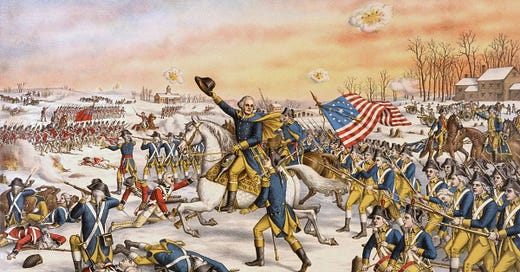A reposting from
The China Academy
PREAMBLE
When the first two rounds of capital divisions occurred, the U.S. ended up in civil wars.
The U.S. is descending into an irreconcilable division — not culturally, but capitally. Two capitalist groups, with drastically divergent interests, flexed their muscles in the most recent election, and we’ve all seen the result.
Professor Jin Canrong, a leading international relations expert in China, suggests that we view the U.S. through the lens of capital, as it has been a key factor in understanding previous crises in the country.
27 November 2024
The U.S. is now witnessing a third wave of capital division, characterized by intensifying conflicts between capital focusing on domestic market and capital focusing on a global market, as well as between real and virtual capital.
The U.S. as a nation has the DNA of “capital-controlled governance.” Beyond capital’s influence in politics, its control can also be seen in the deliberate creation of divisive social issues, such as race, immigration, regional conflicts between the North and South, and sexual orientation. By stoking racial and cultural tensions and undermining class solidarity, capital aims to divert systemic reflection on the flaws and dysfunctions of democratic mechanisms, thereby maintaining its dominance over society.
However, this approach comes with a significant risk: the capital groups themselves must not fracture. When divisions emerge within the capitalist group, internal chaos will ensue. Historically, the U.S. has been on the brink of collapse at least twice as a result of the internal division within the capitalist group.
Previous Two Rounds of Capital Division in American History
The First Round of Capital Division
After winning the War of Independence in 1783, the United States entered into a period of rebuilding.
The economic structure was primarily based on agriculture, shipping, and rudimentary manufacturing, with no domestic industrial development. Basic supplies relied on trade with Europe.
At the time, capital in the U.S. was primarily trade-oriented, and European powers, particularly Britain and France, had significant influence over the country’s development. France had supported the U.S. during the War of Independence, while Britain, as the former colonial ruler, remained the world’s most powerful naval and economic force. The outbreak of the French Revolution added complexity to Europe’s political landscape and created divisions within the U.S. over relations with these two major powers.
To read the full article, please visit HERE at the China Academy.
Related Reading
Adam Tooze Chartbook #336 Trump's Victory 2024





